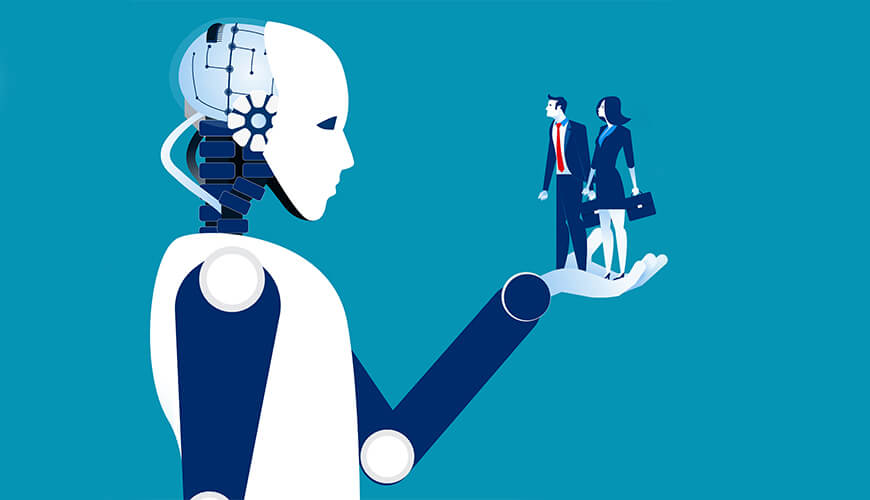 The World Economic Forum has revealed in its latest global gender gap report that only 22% of Artificial Intelligence (AI) professionals globally are female compared to the 78% who are male. Due to the rapid rate of technology, the finding can be seen as alarming to society. It has been said that organisations need to pay more attention to how diverse their teams are when developing AI solutions. By doing so, it will help to prevent gender bias and maximise AI’s efforts to change the workplace and technology overall.
The World Economic Forum has revealed in its latest global gender gap report that only 22% of Artificial Intelligence (AI) professionals globally are female compared to the 78% who are male. Due to the rapid rate of technology, the finding can be seen as alarming to society. It has been said that organisations need to pay more attention to how diverse their teams are when developing AI solutions. By doing so, it will help to prevent gender bias and maximise AI’s efforts to change the workplace and technology overall.
Digital transformation is being used to unlock human potential with new technologies like Blockchain and Artificial Intelligence. They play a critical role in the transformation of today’s technology to help build trust and increase the inclusion of women and minorities in the workforce.
Over the next 3-5 years, it has been said that AI will be a demanding IT skill and is set to fill all areas of our lives, from customer service and financial advice through to recruitment and medical diagnosis. By 2025, 95% of all customer service interactions will be driven by AI. Humans will not be able to differentiate between human workers and bots via online chats and over the phone. By 2020, at least 30% of business to business sales will employ AI to expand one of their sales processes. Lastly, 88% of European countries are on track to using AI for customer and analytics data by 2020.
Although AI will improve our lives in many ways, it can also present some serious risks. AI primarily relies on algorithms which learn from real world data and therefore can reinforce existing social biases. It has been predicted that by 2022, 85% of AI projects will deliver outcomes with errors due to the bias in data and the teams managing them. The issue isn’t directly with AI, but how humans build AI algorithms. There is a risk that instead of solving the gender bias issue, AI will expand it further.
How to prevent AI worsening the gender gap
From all the risks that can be caused by AI, it is likely to widen rather than narrow the gender gap in the future unless we take action. Therefore, there are three ways that can prevent AI from widening the gender diversity gap.
Build awareness in AI
It is necessary to increase the awareness and understanding of AI to help build trust and prevent any risks that can affect the gender gap. Having diverse perspectives can help define challenges when tackling AI and can shift the perception of AI. Bringing all perspectives and disciplines to design and develop AI will help remove any biases the AI algorithms may pick up.
Educate and enhance skills
AI may widen gender diversity gaps in the future as it is an increasingly in demand skill set which is something the technology industry is lacking right now. During a recent survey, it was highlighted by 41% of respondents that promoting women’s participation in STEM degrees is a top initiative which will have the largest impact on market. This can be achieved through current initiatives to attract women into tech and stem fields and reskilling women in existing jobs to work alongside AI tools.
Represent women fairly
Women’s increasing representation needs to be monitored and not limited to female sectors like healthcare and education. The increase of women needs to be guaranteed in industries like technology services, software and engineering as well as finance and manufacturing. Women also need to be training to run responsibility roles in public sectors to ensure that AI is developed as inclusively as possible. The benefits of this will be equally shared regardless of gender, race and ethnicity. Top down approaches will need to start working from bottom up to prevent AI from increasing the gap of gender diversity.